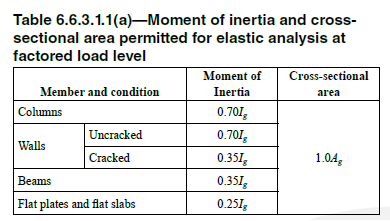caiomarcon
Civil/Environmental
- Aug 23, 2013
- 18
Dear Sirs,
I Have a question about Stability Design with Direct Analisys Method (DM).
In steel structures, when I use the Direct Analisys Method (from AISC) I need apply a adjustment to stiffness = 0.8.
Do I need to do any adaptation in DM when designing hybrid structures (for example: concrete core + steel moment frame in the same building)?
What is the stiffness of concrete elements in a hybrid structure? What is the adjustment to stiffness in concrete elements from hybrid structure? And what about composite column (concrete + steel)?
I Have a question about Stability Design with Direct Analisys Method (DM).
In steel structures, when I use the Direct Analisys Method (from AISC) I need apply a adjustment to stiffness = 0.8.
Do I need to do any adaptation in DM when designing hybrid structures (for example: concrete core + steel moment frame in the same building)?
What is the stiffness of concrete elements in a hybrid structure? What is the adjustment to stiffness in concrete elements from hybrid structure? And what about composite column (concrete + steel)?

